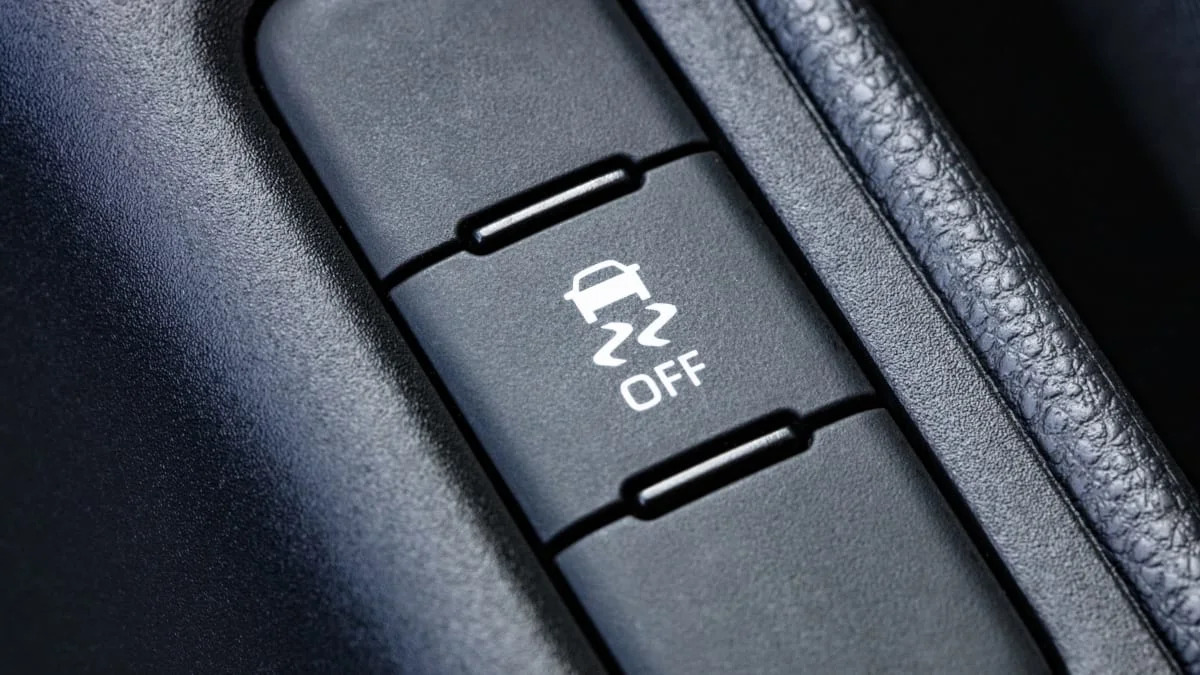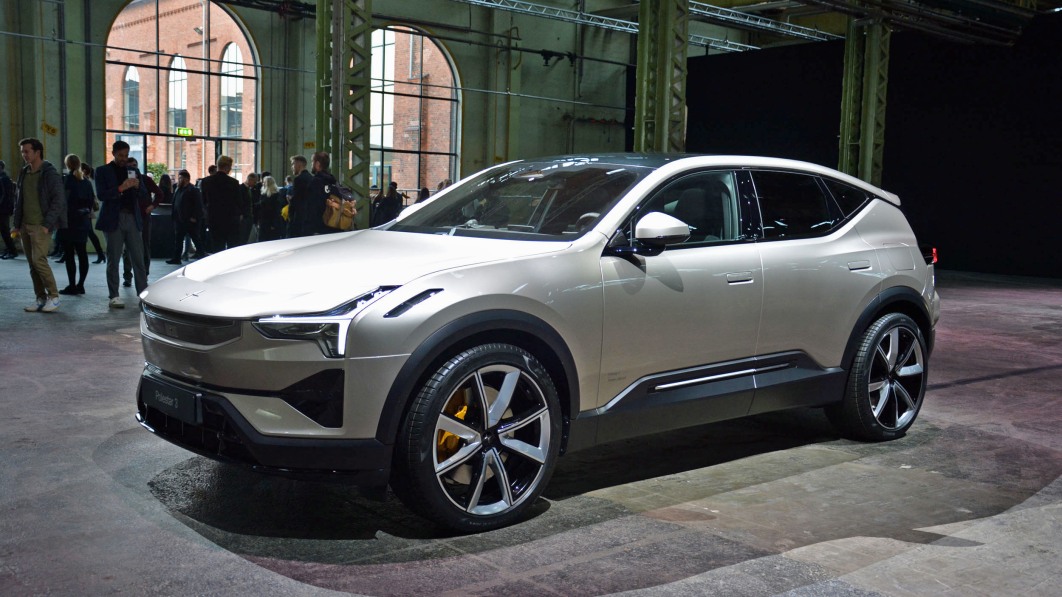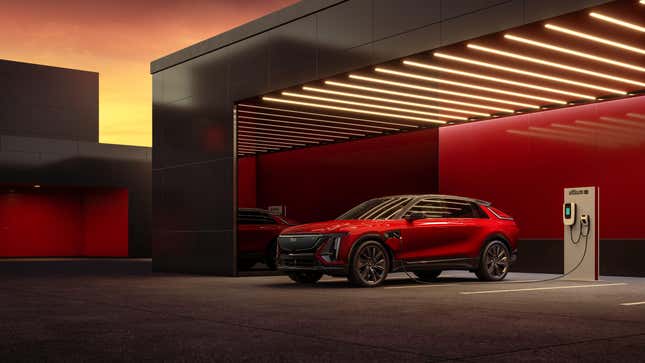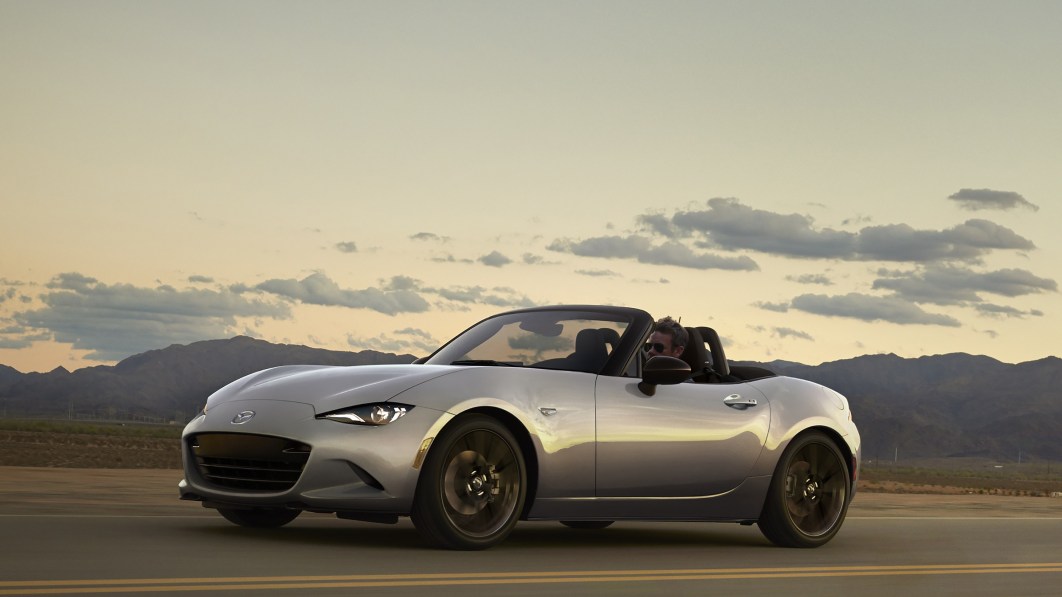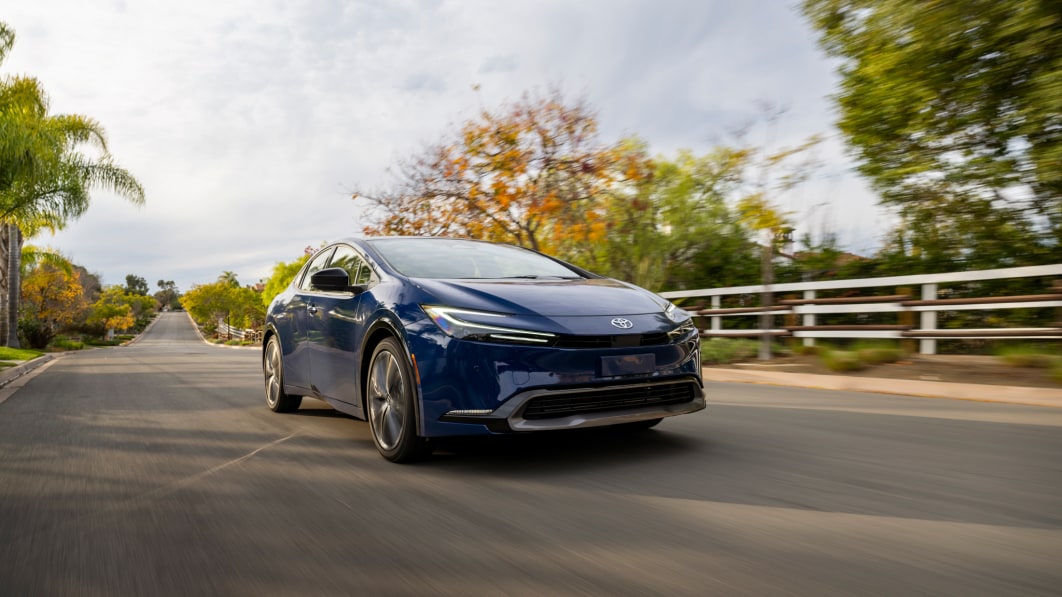کنترل کشش از سال 2012 در تمام خودروهای جدید فروخته شده در ایالات متحده یک ویژگی ضروری بوده است، همچنین ترمزهای ضد قفل و کنترل پایداری – اگرچه این ویژگی چندین دهه قبل از نیازهای دولت پیش از آن بود. با این حال، بسیاری از خریداران خودرو ممکن است مطمئن نباشند که کنترل کشش دقیقا چه کار می کند و چگونه کار می کند. به طور خلاصه، کنترل کشش یک سیستم نظارت الکترونیکی است که تشخیص میدهد چرخ (یا چرخها) سریعتر از آنچه باید میچرخد و قدرت را برای بازیابی مجدد قدرت کاهش میدهد.
سیستمهای کنترل کشش میتوانند با نامهای تجاری مختلف مختلف استفاده شوند – خودروسازان نامهای متمایز خود را برای آن دارند. اما هر چه اسمش را بگذارید، به روشی مشابه عمل می کند. هر چرخ دارای یک سنسور سرعت است که اطلاعات را به کامپیوتر اصلی منتقل می کند. در شرایط عادی، تمام چرخ ها با سرعت یکسانی می چرخند. در شرایط کم چسبندگی مانند باران، برف و شن، معمولاً یک یا چند چرخ کشش را از دست می دهند و سریعتر می چرخند. در یک لحظه، کامپیوتر تشخیص می دهد که کدام چرخ باید کند شود و یا برق را قطع می کند یا مقداری ترمز می کند.
در روزهای اولیه سیستمهای کنترل کشش، نیرویی که از موتور میآمد به تمام چرخها قطع یا کاهش مییابد، که منجر به لغزشهای نسبتاً بیظرافت میشد. با تکامل فناوری، قطع برق کمتر دردسرساز شد و کنترل بر روی چرخهای جداگانه رایجتر شد. امروزه، اکثر رانندگان حتی متوجه نمی شوند که کنترل کشش چه زمانی وارد عمل می شود.
سیستم کنترل کشش چه می کند؟
چندین سازگاری از یک سیستم کنترل کشش وجود دارد. در کاربردهای خارج از جاده، تضمین می کند که در هنگام صعود از شیب تند حداکثر کشش و قدرت را به دست خواهید آورد. کنترل فرود از تپه تا حدودی مرتبط است و در بیشتر موارد برای به دست آوردن مجدد کنترل، ترمز را روی یک چرخ خاص اعمال می کند. برخی از خودروها، تنظیمهای خاصی از سیستم کنترل کشش را برای شرایط جادههای مختلف نیز به شکل حالتهای رانندگی ارائه میکنند.
در خودروهای پرفورمنس، سیستمهای کنترل کشش میتوانند به رانندگان کمک کنند تا زمان دور خود را کوتاه کنند، زیرا میتوانند زودتر از یک منحنی شروع به اعمال قدرت کنند. در مسابقه درگ، سیستم اغلب به عنوان کنترل پرتاب نامیده می شود و مقدار بهینه قدرت را برای شرایط توزیع می کند. کنترل کشش در اکثر ورزش های موتوری حرفه ای ممنوع است زیرا نشان دهنده برتری ناعادلانه نسبت به مهارت راننده است.
آیا هرگز باید کنترل کشش را خاموش کنید؟
کنترل کشش معمولاً همیشه فعال است، اما در برخی شرایط، ممکن است بخواهید آن را غیرفعال کنید. در موقعیتهای کم کشش، چرخاندن چرخها به منظور حفاری به سطح سختتر یا بهسادگی بیرون آوردن هر چیزی که در آن گیر کردهاید، مفید خواهد بود. در اکثر خودروها، این کار را میتوان با ضربه زدن روی دکمه کنترل کشش انجام داد. ، که اغلب با یک پیکتوگرام نمای عقب از یک ماشین با خطوط موخوره که از لاستیک ها خارج می شوند نشان داده می شود. گاهی اوقات فقط یک فشار طول می کشد، اما برخی از وسایل نقلیه به فشار طولانی چند ثانیه ای نیاز دارند، بنابراین حتماً به دفترچه راهنمای مالک خود مراجعه کنید.
کنترل پایداری چیست؟
کنترل کشش به کنترل پایداری مرتبط است اما نه به آن پیچیده است. کنترل پایداری شامل دادههای کنترل کشش است و آن را با سرعت، زاویه فرمان و سایر سیستمها افزایش میدهد تا اطمینان حاصل شود که خودرو در مسیر مورد نظر خود باقی میماند. طبق گزارش اداره ملی ایمنی ترافیک بزرگراه ها (NHTSA)، در پنج سال اول پس از نیاز به کنترل کشش و پایداری، تقریباً 7000 زندگی در نتیجه نجات یافتند.
این هیچ شکی در مورد کارایی و سهم کنترل کشش در ایمنی جاده باقی نمی گذارد. برای اثبات بیشتر، ویدیوهای شکست بیشماری از رانندگان وجود دارد که ماشینها و رویدادهای قهوهشان را با این ویژگی غیرفعال میکنند، که منجر به خراب شدن خجالتآور در حاشیهها میشود. البته کنترل کشش کامل نیست و نمیتواند شما را در همه موقعیتها ایمن نگه دارد، اما مطمئناً این اطمینان بیشتر یک مزیت است.

